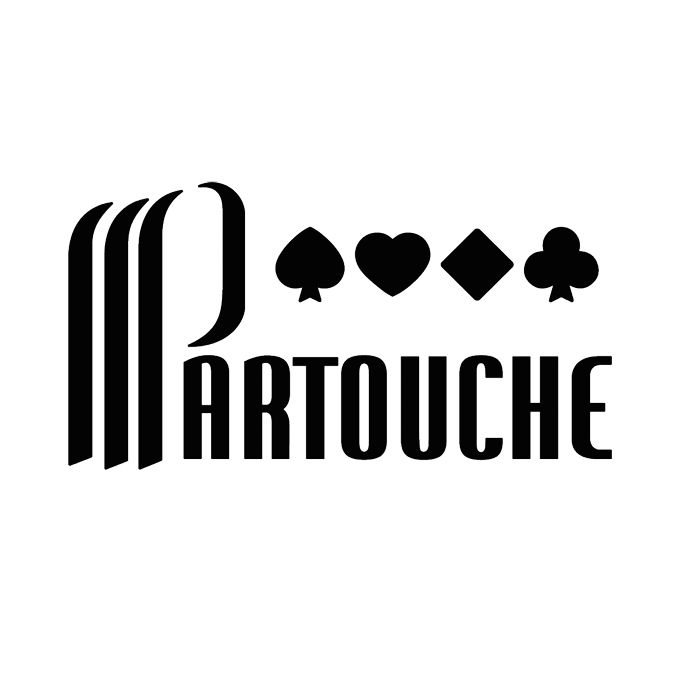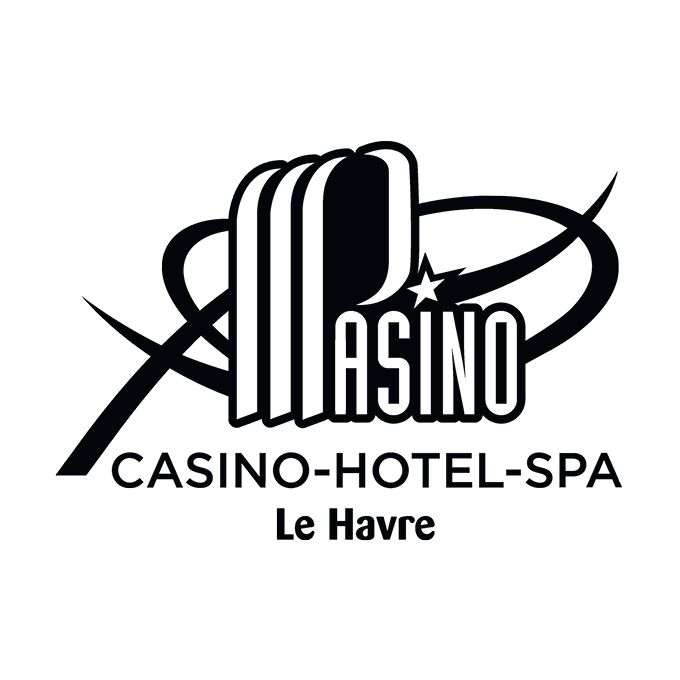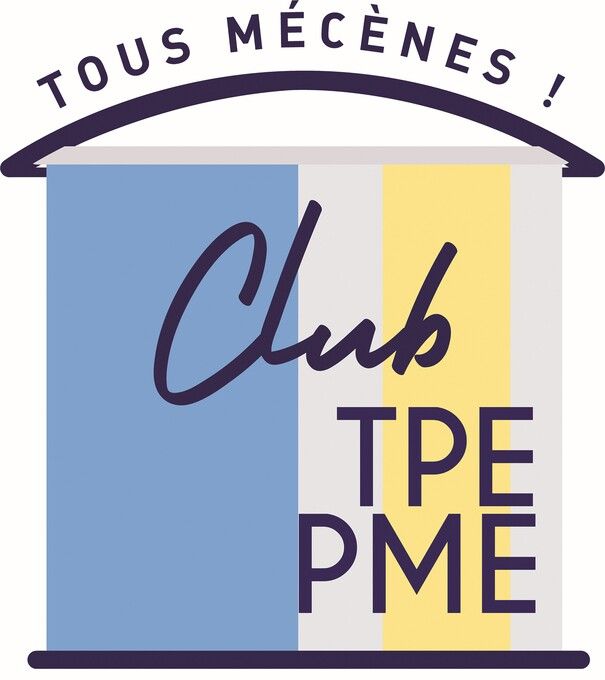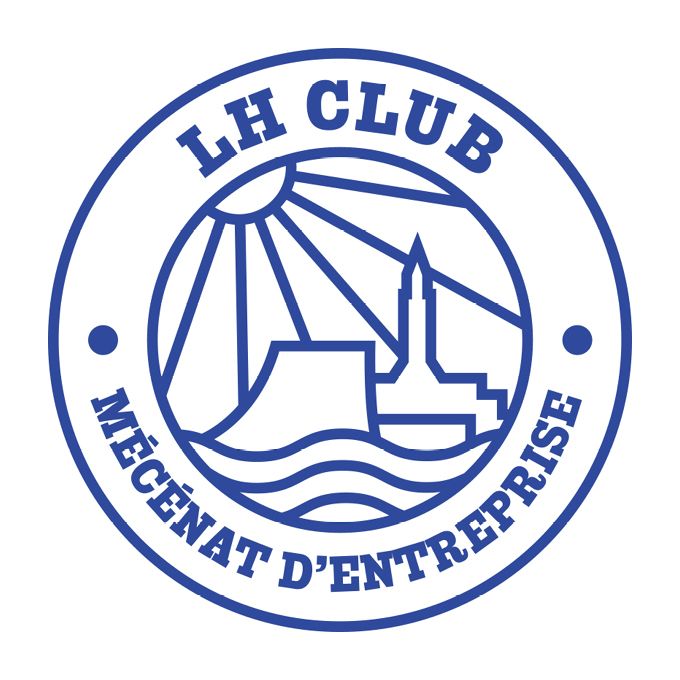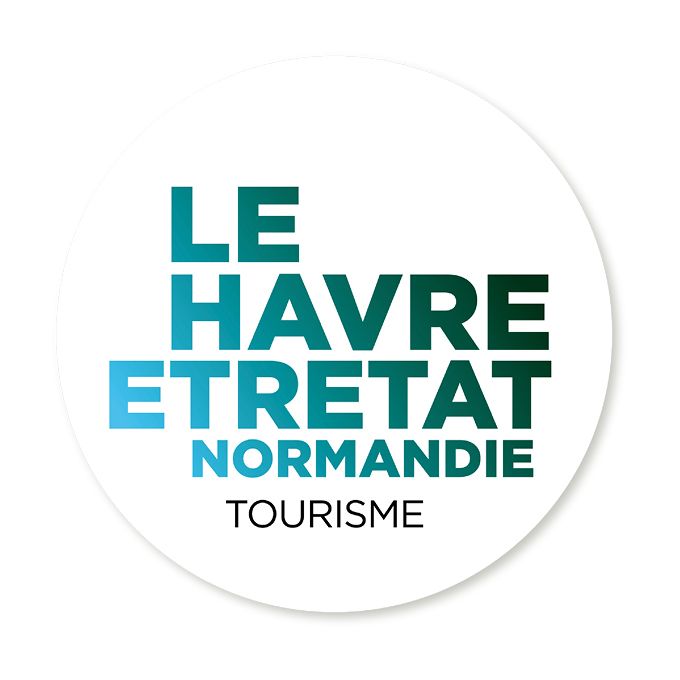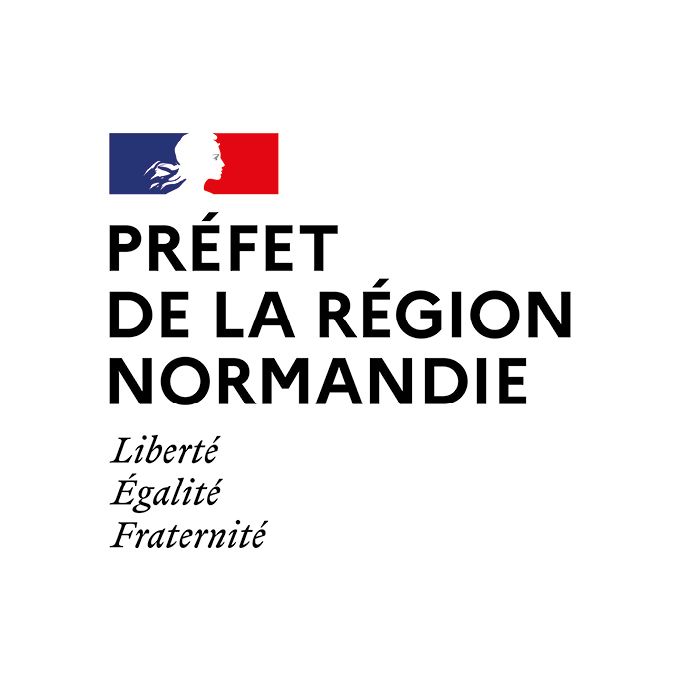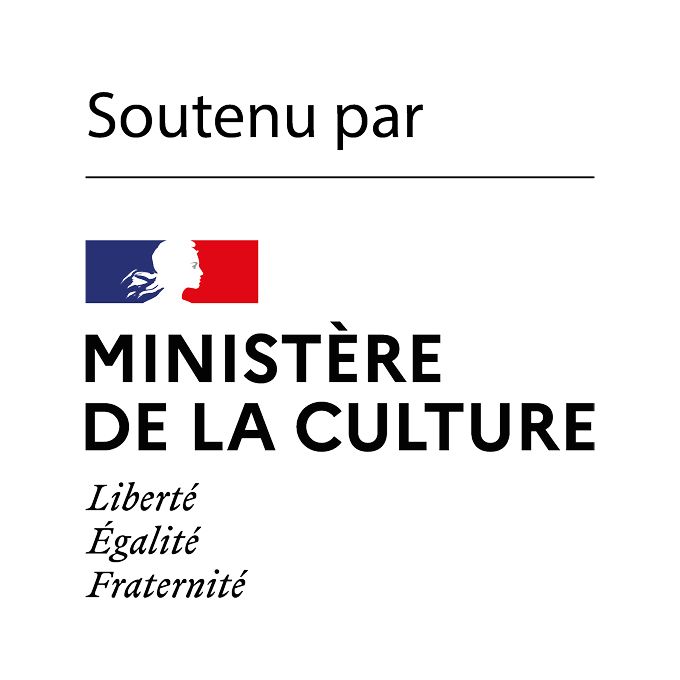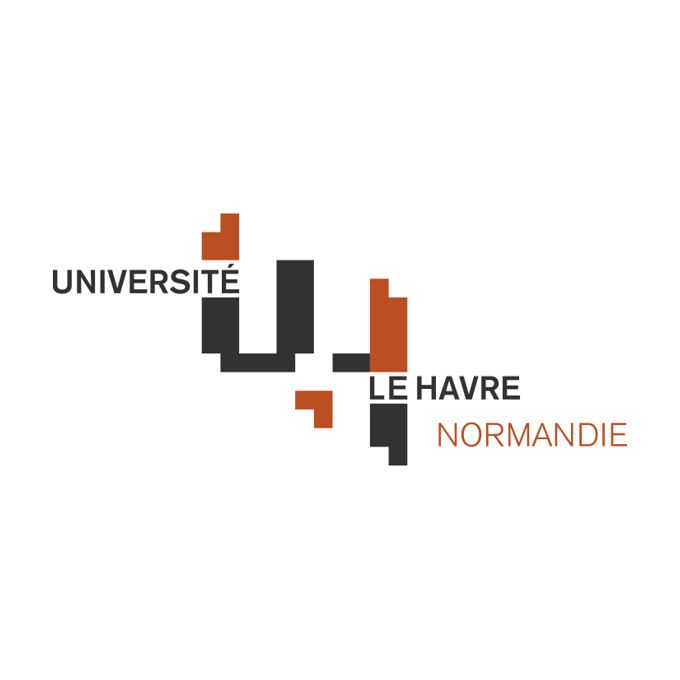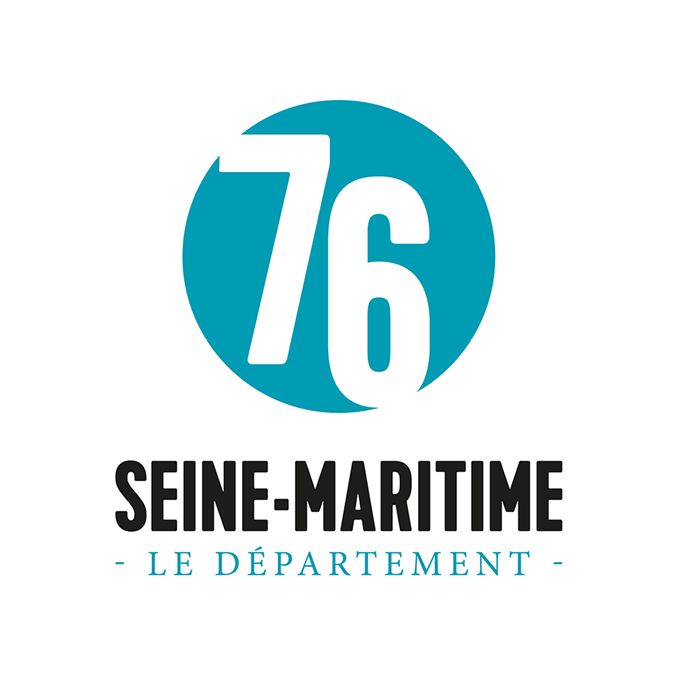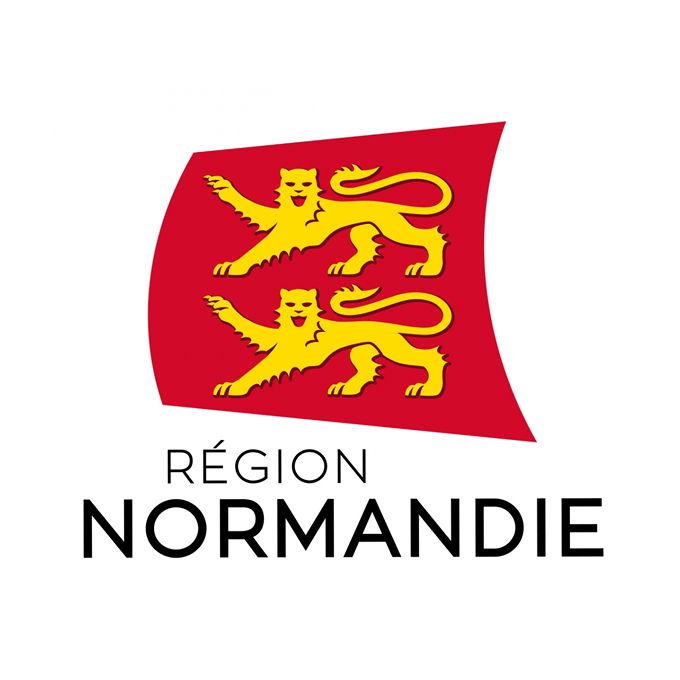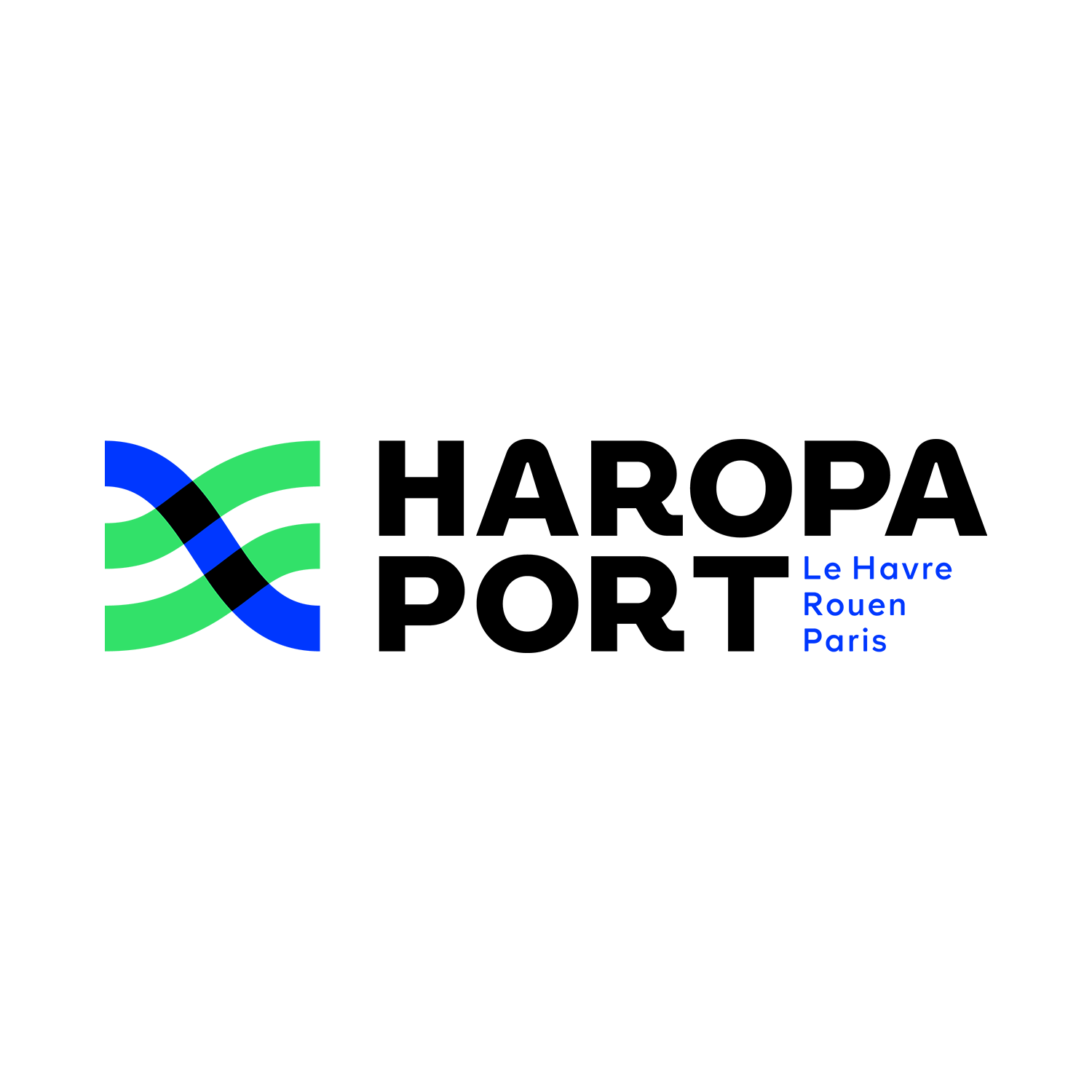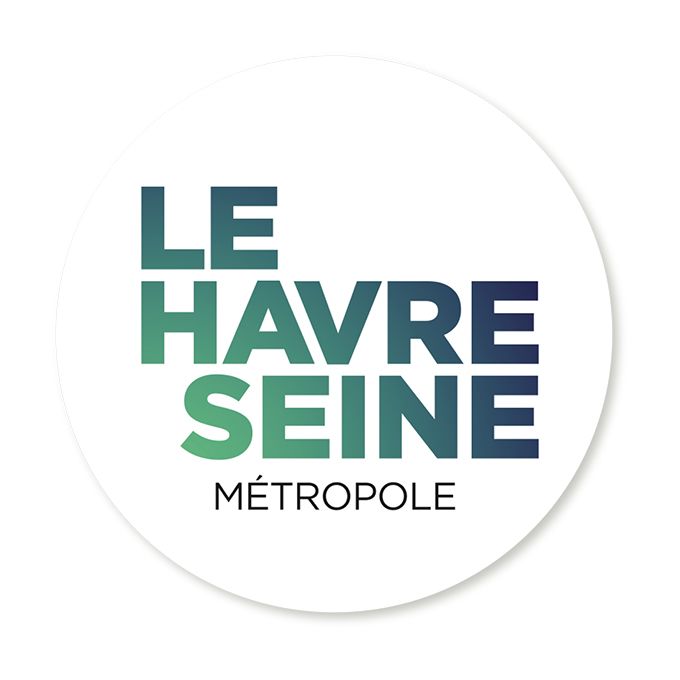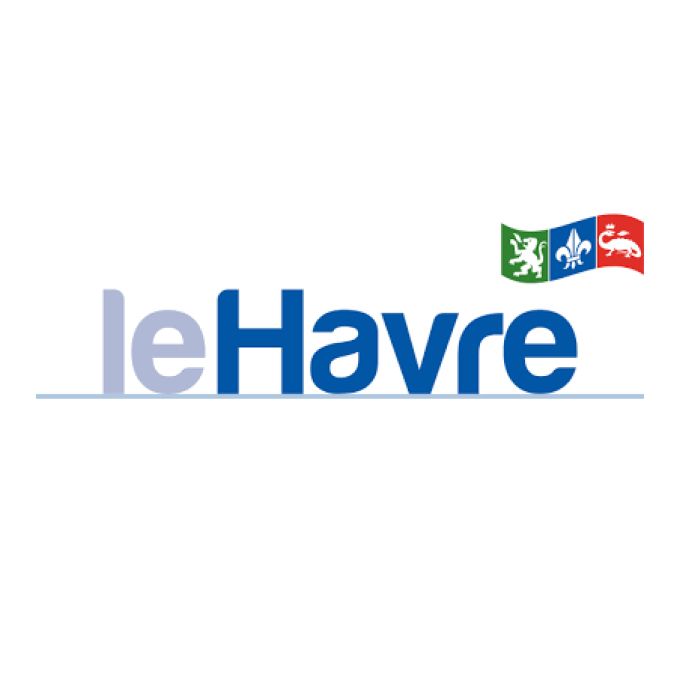ESCLAVAGE,MÉMOIRESNORMANDES
Hôtel Dubocage de Bléville
Every day except Tuesday and July 14, 10:00 a.m. to 12:30 p.m. and 1:45 p.m. to 6:00 p.m.
The exhibition Esclavage, mémoires normandes aims to show the participation of Normans and their territory in the Atlantic slave.
The exhibition Esclavage, mémoires normandes aims to show the participation of Normans and their territory in the Atlantic slave trade between Europe, Africa, America and Asia during the 18th and 19th centuries.
This exhibition of regional scope whose national interest has been recognised by the Ministry of Culture is presented simultaneously by three partner communities: the City of Le Havre, the Rouen Normandie Metropolitan Area and the Town of Honfleur, and in three venues: at the Hôtel Dubocage de Bléville (Museums of Art and History of Le Havre), at the Eugène Boudin Museum (Museums of Honfleur) and at the Corderie Vallois Museum (Réunion des musées métropolitains, Rouen Normandie association).
This exhibition revolves around a common itinerary offering a dialogue between archival documents, objects and works mainly taken from Norman museums.
Fortunes et Servitudes
From one continent to the other, from the 16th to the 19th centuries, the Le Havre exhibition (entitled Fortunes et servitudes) evokes the role of individuals and the way in which they found themselves involved in a slave trade, their existence, their direct or indirect complicity and/or their resistance.
The exhibition will take over the entire museum of the Hôtel Dubocage de Bléville. In the heart of the Saint-François district, this historic residence was once owned by the sailor and merchant Michel Joseph Dubocage (1676–1727) and his son Michel Joseph Dubocage de Bléville (1707-1756), a natural historian and country magistrate of the City of Le Havre.
The exhibition itinerary
Through eight stages, from the coasts of Africa to Le Havre, Normandy, the exhibition evokes the journey of people deported and enslaved, and the organisation of the economic and commercial system of the Atlantic slave trade.
.jpg)
